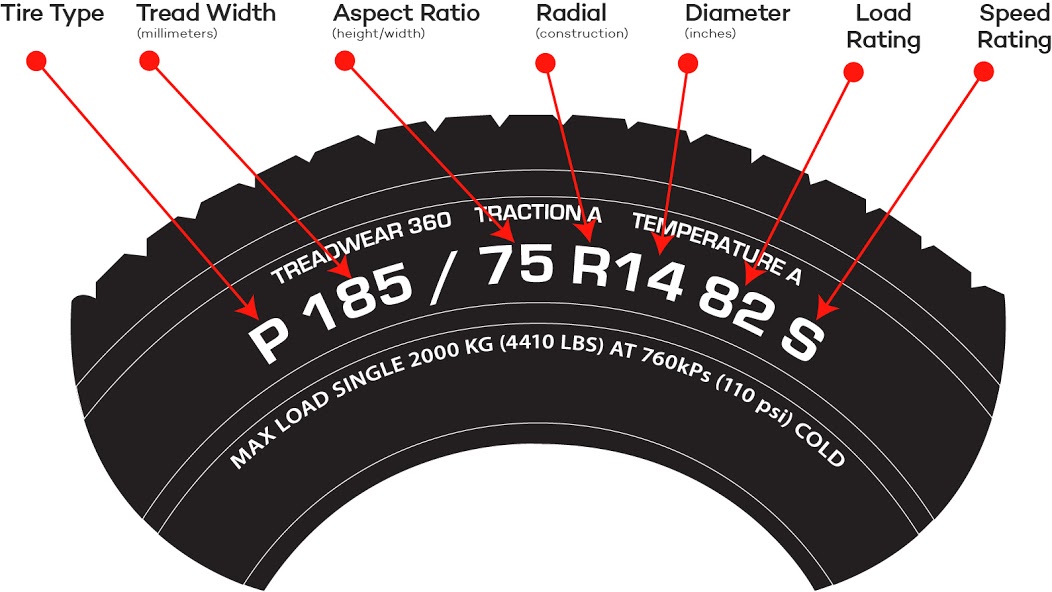The tread is the part of the tire that makes contact with the surface of the road. And if you take a look at different tires on the market, you'll notice a great deal of variety in their tread patterns.
Why are they so different? Because a tread pattern is a unique design that enhances a vehicle with grip and handling for specific driving conditions. Just like in a detective novel, you could identify a make of tire by the tracks it leaves on the road.
Every tire tread has four constituent parts:
Taken together, the ribs, grooves, tread blocks, and sipes can be arranged in a unique pattern to modulate the tire's performance in critical areas like noise, handling, traction, and wear.
And that in turn provides tire manufacturers with the ability to develop tread patterns to address specific driving needs like wet braking, dry handling, aquaplaning (hydroplaning) resistance, and traction on ice and snow.
How many tire tread patterns are there? Quite a few.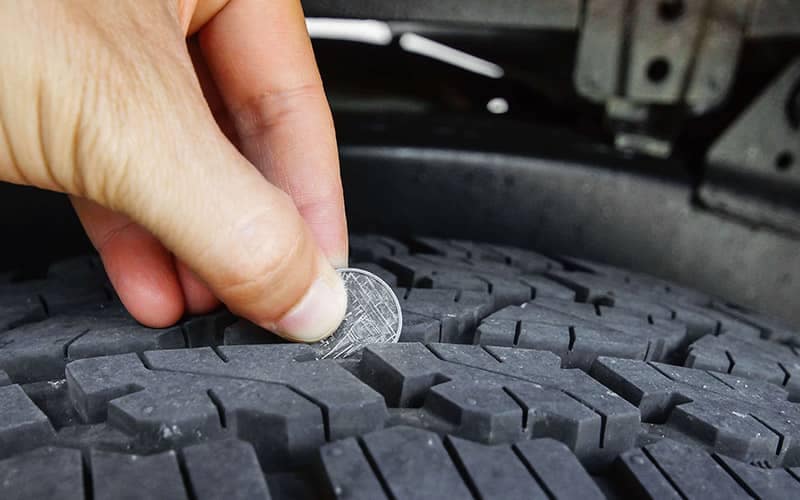 But broadly speaking, we can distinguish between three categories of tire tread pattern. Which one does your car have?
But broadly speaking, we can distinguish between three categories of tire tread pattern. Which one does your car have?
The most common type of pattern is symmetrical; it's suitable for passenger car tires, but not for high-performance use. Tires with this design have continuous ribs or independent tread blocks across the entire face of the tread, and both halves of the tire feature the same pattern.
Key features:
Tires with symmetrical patterns provide the owner of the vehicle with the most flexibility for tire rotation without affecting day-to-day performance. They're also quiet, long-lasting, and fuel efficient. However, they are less adaptable to changing conditions on the road. So even though symmetrical patterns deliver steady grip on a dry road, they won't be as effective in wet conditions as other tires.
A tire with a directional tread pattern is designed to roll forward in one direction only. It has lateral grooves that meet in the middle of the tire tread, resembling the shape of an arrowhead. Its purpose is more than sporty aesthetic, however. The V-shaped grooves are more capable of resisting aquaplaning (hydroplaning) at high speeds by displacing water more efficiently through the tread pattern.
It has lateral grooves that meet in the middle of the tire tread, resembling the shape of an arrowhead. Its purpose is more than sporty aesthetic, however. The V-shaped grooves are more capable of resisting aquaplaning (hydroplaning) at high speeds by displacing water more efficiently through the tread pattern.
Another benefit of directional tread is extra traction, which provides excellent handling on snow or mud. For this reason, a good all-season or winter tire is highly likely to have a directional tread pattern. The extra traction is also useful for performance tires on high-performance vehicles.
Key features:
The point to remember about directional patterns, however, is that tire rotation becomes a bit more complicated. They can only be rotated vertically – for example, from the front of the car to the back – otherwise, the pattern will be oriented in the wrong direction when fitted to a wheel on the other side of the vehicle. That would render the benefits of the tire tread useless.
That would render the benefits of the tire tread useless.
You can keep track of the correct orientation using the arrow indicator printed on the sidewall of the tire. It's in the same direction as the pattern, pointing in the required direction of travel.
A tire with an asymmetric pattern features two separate tread designs, one on the inner half and another on the outer half of the tire. It looks unusual, but both halves serve a distinct purpose.
The inner tire tread is responsible for water displacement and protection against aquaplaning (hydroplaning). The outer tire tread has rigid tread blocks for higher lateral stiffness, which provides high grip when cornering and driving on dry surfaces, and quieter interior noise. This combination of features makes asymmetrical tires especially popular for use on ultra-high-performance cars.
Key features:
However, just like a directional tire pattern, care must be taken with tire rotation.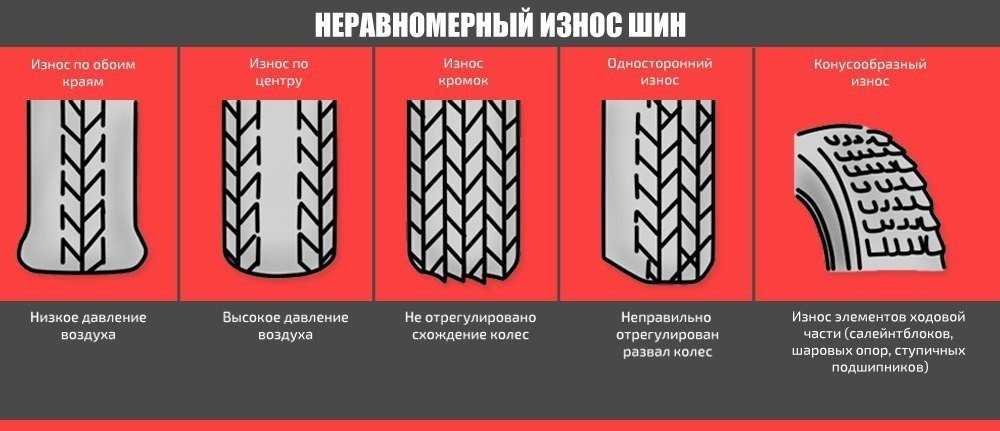 Vertical rotation between front and back are the options here. Indicators on the sidewall will guide correct fitting.
Vertical rotation between front and back are the options here. Indicators on the sidewall will guide correct fitting.
When buying new tires, avoid mixing different types, sizes, or brands of tire on a single vehicle. For best results, source the identical make and model of tire to the ones you already have on your wheels, to maintain optimal performance characteristics.
Another thing to keep in mind when replacing tires; replacing a pair of tires is safer than replacing just a single tire. The newest tires should be fit on the rear axle, and partially worn tires to the front axle.
If this isn't possible, then drivers are advised to ensure that the replacement tire has the same tire tread pattern as the other tire on the same axle. Mixing the patterns will impair the handling characteristics of your car; it could even be dangerous.
Dealer Locator
Tires have a big responsibility when it comes to your car’s operation.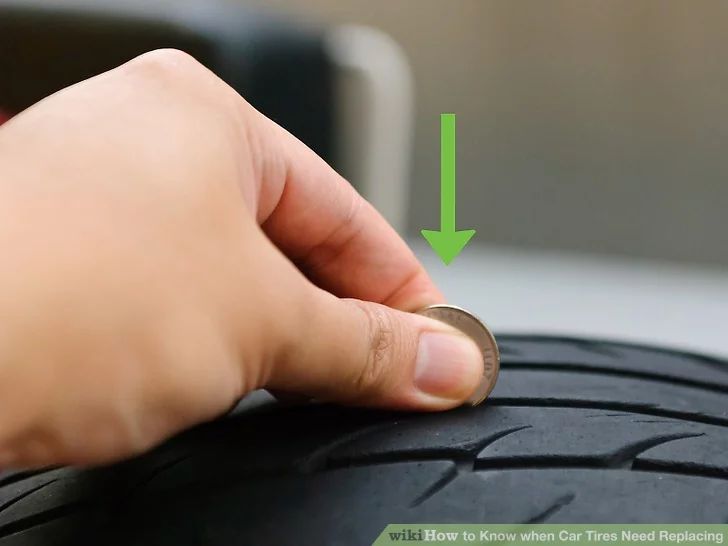 Tires provide the friction needed for acceleration, braking, and turning, and even help make your ride smoother by absorbing some of the shock and vibration from small bumps in the road.
Tires provide the friction needed for acceleration, braking, and turning, and even help make your ride smoother by absorbing some of the shock and vibration from small bumps in the road.
However, without tread, your tires would fail to accomplish these important things. The tread is the part of your tire that makes contact with the road, and is usually distinguished by a pattern cut into the rubber.
What exactly does the tread do? Why is it so important? Read on to get these answers and more, as we discuss four facts you should know about tire tread.
The purpose of a tire is to provide friction between your car and the road it’s driving on. The more surface area touching the road, the more friction created. You may be wondering–wouldn’t cutting a tread into tires actually reduce friction? While this is technically true, at the same time the tread is a trade-off that makes your tire safer for varying weather conditions.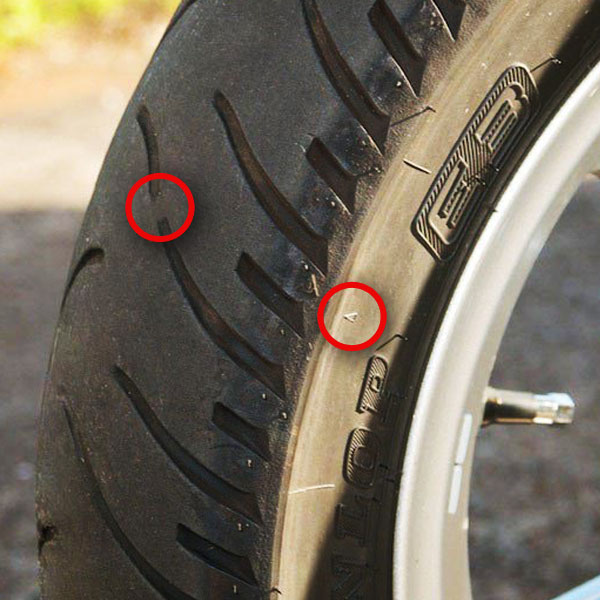 Without tread, water or moisture on the road doesn’t have anywhere to displace to, and can cause your tires to float over the road—a dangerous phenomenon known as hydroplaning.
Without tread, water or moisture on the road doesn’t have anywhere to displace to, and can cause your tires to float over the road—a dangerous phenomenon known as hydroplaning.
Treads give water and moisture somewhere to filter into, ensuring that your tires continue to stay on the road, even when the road has a considerable amount of water on it. While wet roads are still more dangerous to drive on than dry ones, they’re far safer thanks to tire treads.
If you’ve ever been to a tire shop, you know full well that there’s no such thing as a universal tire tread pattern. In fact, it may seem as though there are too many different tire tread patterns to count. The biggest reason for so many pattern variations is that different treads are better for different uses. Tires designed for off-road use with SUVs or trucks will have deep, thick treads that are designed to dig into dirt and mud. Tires designed for autocross or performance on-road driving will often have thin treads with as much road-contacting surface as possible.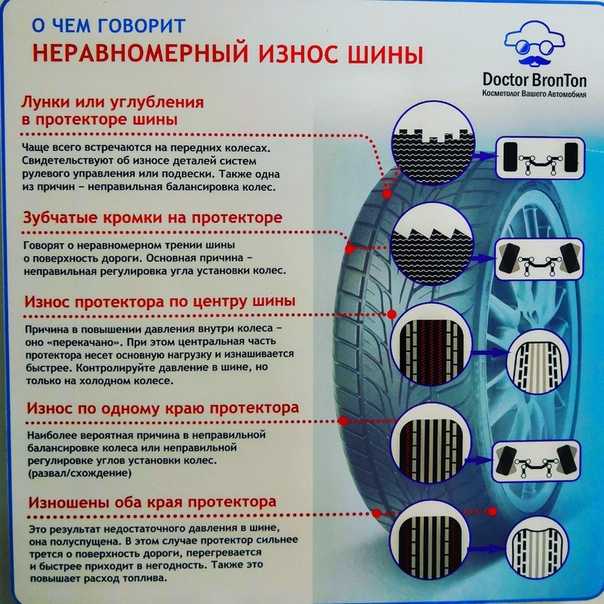 All-season tires will often a combination of deeper treads for safety along with a good chunk of rubber touching the road for the best mix of performance and longevity.
All-season tires will often a combination of deeper treads for safety along with a good chunk of rubber touching the road for the best mix of performance and longevity.
Which type of tread is right for you? It simply depends on what type of performance you’re looking for. Everyone has different driving styles, goals, and budgets, and that influences the type of tire you purchase. Specialty tires such as high-performance or off-road tires will often cost more, while more general-purpose or daily-driver tires may offer you a better value and longevity at the expense of enhanced performance.
Because tires are responsible for providing you with friction, they gradually wear out over time and will need to be replaced. How can you tell how much your tires have worn down? Simple: look at your tire tread. The National Highway Traffic Safety Administration’s current guidelines indicate that tires should be replaced when they reach a tread depth of 1/16th of an inch. While most people can’t eyeball 1/16th of an inch, there is an easy test you can perform using only a penny. Take a penny and stick it into your tire tread with Lincoln’s head facing down into the tire. If you can see the top of Lincoln’s head, your tires need to be replaced.
While most people can’t eyeball 1/16th of an inch, there is an easy test you can perform using only a penny. Take a penny and stick it into your tire tread with Lincoln’s head facing down into the tire. If you can see the top of Lincoln’s head, your tires need to be replaced.
However, while 1/16” is the advised limitation, we advise replacing your tires when the tread reaches approximately 1/8”, as this is when treads begin to get so thin that they start losing their ability to properly redirect water away from your tire’s surface.
When you take proper care of your tires, they can last for tens of thousands of miles before needing replacement. However, the overwhelming many drivers don’t take the time to properly care for and maintain their tires. This leads to improper contact with the road, faster wear and tear on certain parts of your tire, and the need for premature replacement.
Here are a few quick tire maintenance tips to help your tires last longer:
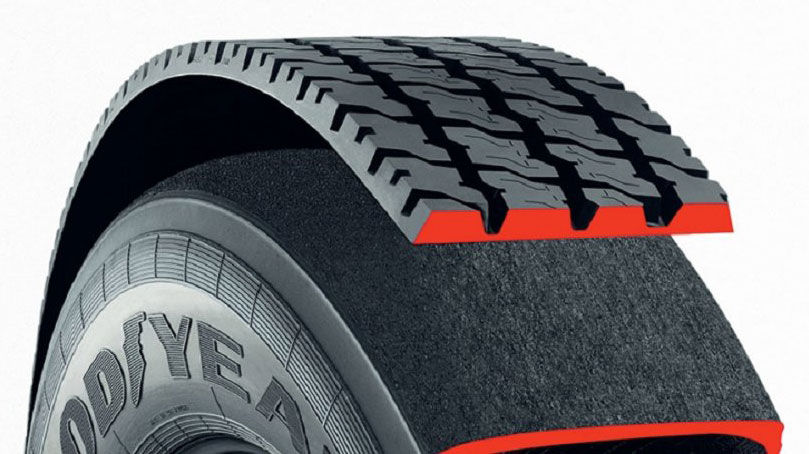 Check your door jam to see how much air you should have in your tires at all times, and keep your air within that operating range. This will improve your tire life and even help with gas mileage.
Check your door jam to see how much air you should have in your tires at all times, and keep your air within that operating range. This will improve your tire life and even help with gas mileage.Christian Brothers Automotive is your choice for all your car care needs. When it comes to tires, we offer top-notch maintenance and alignment services. We can even help with tire rotations to keep them at their best as the miles roll by.
Schedule your tire service with the team at Christian Brothers Automotive! Call your local shop today.
Published by, Christian Brothers Automotive
e. g. Bridgestone Blizzak VRX
g. Bridgestone Blizzak VRX
0 (800) 300-568, (044) 4981-568 (098) 0000-568, (093) 0000-568 Problems with your order?
27257 |
(6)
| Tires are available with non-directional, directional and asymmetric tread patterns. The non-directional tread pattern is the most versatile. The tire has the same properties regardless of the direction of rotation. Tires with this pattern, as a rule, are classified as "budget" and are most common. These tires are equipped with many cars at the factory. | |
Directional tires have a better ability to carry water away from the contact area. The appearance of the "directional" tread of a modern rain tire is shown in the photo. Depending on the direction of rotation, the tread of such a tire works completely differently in conditions when the road is covered with water. | |
| If the tire is installed correctly, the water that is in the contact patch is not pushed forward in the direction of travel, but enters the grooves and is squeezed out through them. If the tire is installed incorrectly, then the movement of water occurs in the opposite direction. Water collects from the edges of the tread to its middle. This contributes to hydroplaning even at low speeds. The residual depth of the tread is also important - that is, the drainage grooves. That is why the Rules of the Road limit this parameter. | |
In addition to tires with a directional tread pattern, there are tires with asymmetric and directional asymmetric tread patterns. This means that the protector consists of two parts with a different pattern. Such a pattern is used to implement various features in a single bus.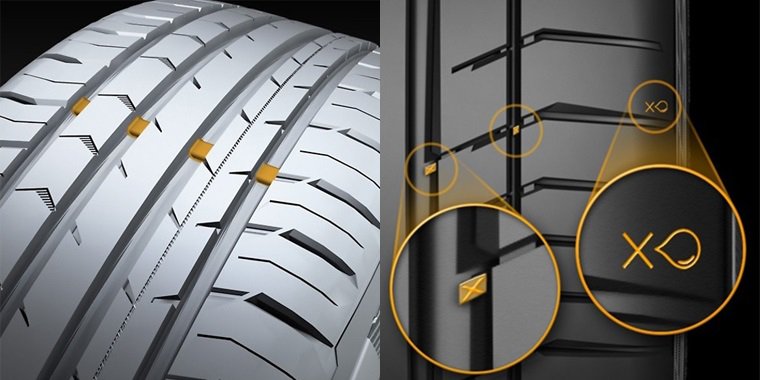 For example, the outer part of the tread performs better on dry roads, while the inner part of the tread performs better on wet roads. Tire manufacturers must indicate the direction of rotation on tires with a directional pattern, for example, with an arrow and the inscription "Rotation". And on tires with an asymmetric pattern, the outer and inner side of the tire must be indicated. For example, “Outside” or “Side facing out” is the outer side of the tire installation. Accordingly, “Inside” or “Side facing in” is the inner side of the tire installation. The tire manufacturer's recommendations for fitting tires are based on various studies, experiences and tests. This takes into account the characteristics of the tire in various conditions. And if the tires have an orienting arrow or inscriptions, you must follow the manufacturer's recommendations. For example, the outer part of the tread performs better on dry roads, while the inner part of the tread performs better on wet roads. Tire manufacturers must indicate the direction of rotation on tires with a directional pattern, for example, with an arrow and the inscription "Rotation". And on tires with an asymmetric pattern, the outer and inner side of the tire must be indicated. For example, “Outside” or “Side facing out” is the outer side of the tire installation. Accordingly, “Inside” or “Side facing in” is the inner side of the tire installation. The tire manufacturer's recommendations for fitting tires are based on various studies, experiences and tests. This takes into account the characteristics of the tire in various conditions. And if the tires have an orienting arrow or inscriptions, you must follow the manufacturer's recommendations. | |
Source: autoshini.com
 They contain information, in particular, about the fuel..
They contain information, in particular, about the fuel.. 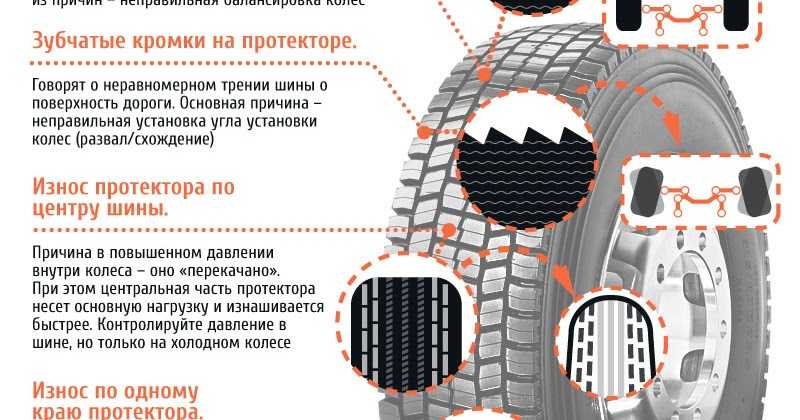 For quite a long time they have a radial location at..
For quite a long time they have a radial location at.. Rating of winter tires for the season 2022-2023
Motorcycle Tire Rating 2022
Auto Bild Summer Tire Test 2022
Summer tire rating 2022
Summer tire test 215/55 R17 from Autozeitung
Enduro tire test 2022
Test light summer tires 185/65 R15 (ADAC 2022)
2022 Summer SUV Tire Test by AutoBild Allrad
Summer tire test 215/60 R16 from the German Automobile Club (ADAC)
TOP 5 tires worth paying attention to this winter
See all
View All
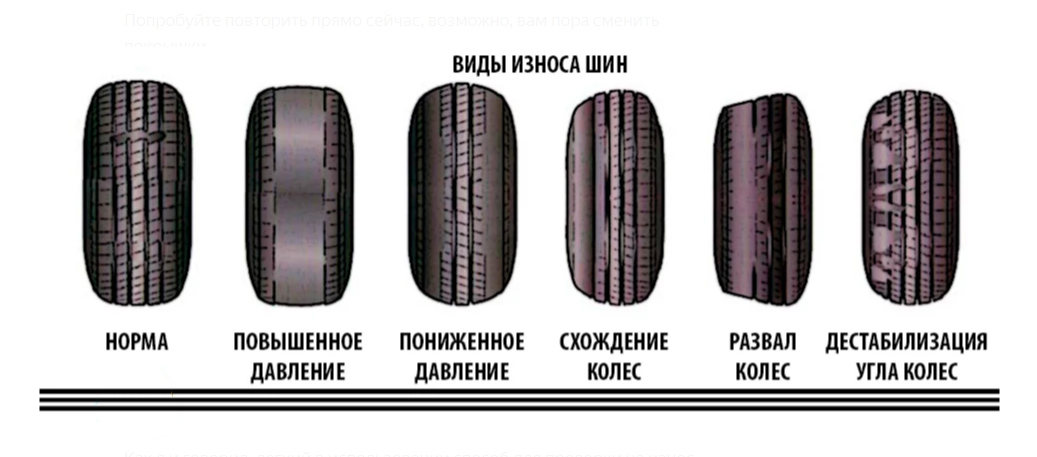 The history of the formation of
The history of the formation of See all
To "Avtoshiny Com"
On other sites
In the company store
On the market
I buy used
I don't have a car
1
Belshina
2
Kama
3
Premiorri
4
Cordiant
5
Bridgestone
6
Tiger
See all
In the off-season, car owners need to “change shoes” for the car. Decided to buy a new set of tires? We recommend that you learn about the differences between car rubber treads.
Decided to buy a new set of tires? We recommend that you learn about the differences between car rubber treads.
The tread is the surface of the tire in direct contact with the road. The tread has a pattern, which is determined by the type and direction of special grooves. The use of a pattern improves the grip of car tires with the road surface and helps with handling in different weather and seasons.
The choice of the type of tire tread pattern should be based on the nature of the ride, the quality of the roads and the climatic conditions. The safety of the trip depends on this, as well as the rate of wear of automobile rubber.
Two parameters are responsible for the differences in the types of tire tread pattern:

The directionality of the tread pattern indicates whether the grooves have a common vector. So, for directional tires, it is one - V-shaped and “looks” in one direction.
The symmetry of the pattern indicates the uniform order of the block of grooves on the left and right side of the tire. So there is a division into the inner and outer parts of the tires.
The combination of both parameters makes it possible to distinguish several types of tread pattern:
This is a tread with a uniform pattern over the entire surface of the tire. There is no direction, no strictly defined sides. These are versatile and reliable tires at a low price. The advantage will be ease of installation and interchangeability (easier to control wear). It's also perfect for a spare.
It's also perfect for a spare.
Create this type of tread for both summer and winter tires. However, the most popular use is in the dry and warm seasons. Rubber with a symmetrical non-directional pattern is suitable for those who care about the convenience of controlling the machine, rather than speed characteristics. If most of the planned trips are quiet driving in the city, choose this tread pattern.
Among the disadvantages are poor handling at high speed and during precipitation. Getting the wheels into a puddle on the track on such tires is fraught with a loss of controllability.
Tires with this tread are the basic equipment of most new cars. The non-directional pattern, uniform across the entire width, is also used for off-road vehicles with a mixed driving cycle.
Symmetric directional tires are easy to recognize as they have a distinctive herringbone pattern along the tire width. The clear direction of the grooves is designed to drain water, snow mass and dirt at the point of contact of the tire with the road surface. These tires are recommended for rear-wheel drive cars that are more prone to skidding on wet pavement or snowy roads.
The clear direction of the grooves is designed to drain water, snow mass and dirt at the point of contact of the tire with the road surface. These tires are recommended for rear-wheel drive cars that are more prone to skidding on wet pavement or snowy roads.
When mounting these tires, follow the rule: the top of the herringbone must touch the road first during rotation, that is, look in the direction opposite to the movement of the car. For convenience, most manufacturers indicate tips on the sidewall of symmetrical directional tires: an arrow for the direction of rotation and the inscription "Rotation". This avoids incorrect installation.
Summer directional tires require full grip, so it's best not to run on the dirt road. Among the disadvantages of directional tires note the noise.
Asymmetric tires are used to improve vehicle speed and maneuverability. They have two sides: the outer part of the tire is made of rubber with a rougher texture, as it experiences greater loads than the inner one.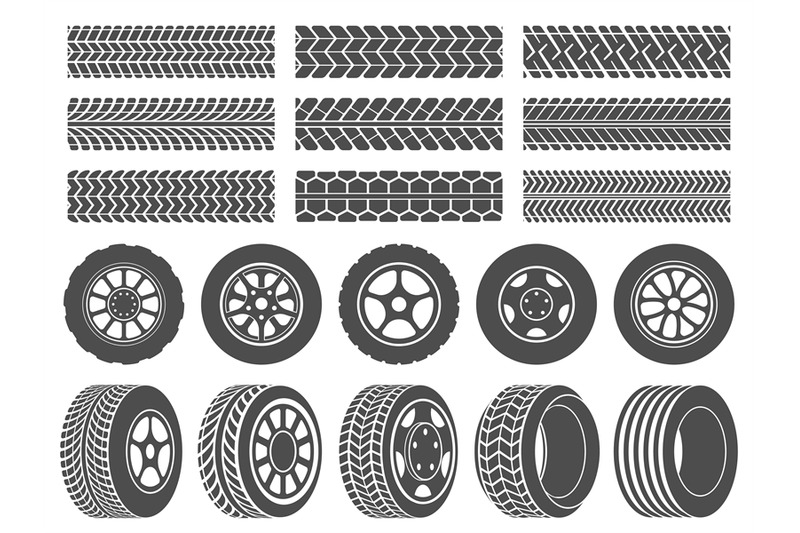 This gives better handling in corners and when changing lanes at speed.
This gives better handling in corners and when changing lanes at speed.
Smaller tread blocks and wide grooves on the inside. This wicks away water better and improves traction.
For correct installation, manufacturers sign the inner (Inside) and outer sidewalls (Outside).
High cost distinguishes such tires. The purpose of the application is driving high-speed cars on asphalt.
The rarest type of tread pattern. It combines all the positive qualities of other types of patterns: it perfectly drains water, keeps speed, and does not deform during difficult turns. There is a longitudinal rib in the middle part of the tread - it helps to maintain high directional stability. The use of such tires is optimal for those who need the same handling, both in dry and wet weather.
Tires with an asymmetric directional pattern are not universal: they require special care during installation. It is necessary to take into account not only the inner and outer sides, but also the direction of movement of the wheel.
It is necessary to take into account not only the inner and outer sides, but also the direction of movement of the wheel.
The tread pattern and tire composition varies depending on the season.
Summer tires have a harder tread compound than winter tires to combat aquaplaning (loss of grip on wet roads) and achieve high handling performance.
The tread pattern of winter tires has blocks cut into smaller elements by several grooves. This gives softness to the tire (so as not to “dubela” in the cold) and increases grip on slippery roads. Winter tires are divided according to the type of tread pattern into two types:
This is a pattern with rectangular and diamond shaped blocks. At the same time, the distance between the tread elements is quite large. The side edges are sharper.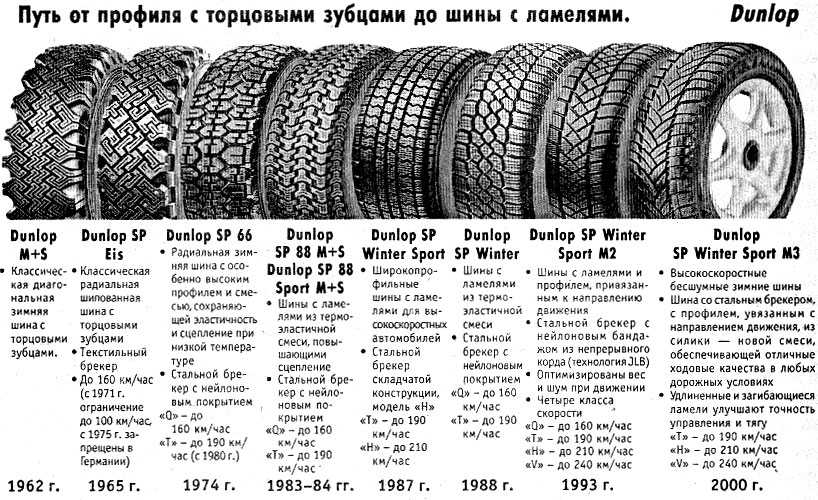 The structure is softer than European tires.
The structure is softer than European tires.
The 'rough' pattern allows the tire to easily break through ice or snow, prevent mud from sticking and brake better on ice – good for rough roads and out of town.
Designed for mild winters and snow-free roads. In heavy snow on European tires it will be problematic to move.
These tires effectively remove snow and water. The drawing is not rough, and the edges have a smoother transition. European rubber is harder - the use of a harder material increases wear resistance. Tires of the European type "live" for about 5 seasons, unlike the Scandinavian ones, which need to be changed every 2-3 seasons.
Studded winter tires can be used for extra stability on snowy and icy roads. It is convenient if the weather is changeable in winter, and ice can occur at any time, and roads are cleaned irregularly.
It will be useful for a couple of winters to ride on "thorns" and novice drivers.